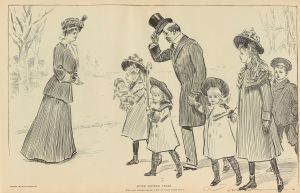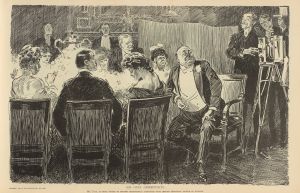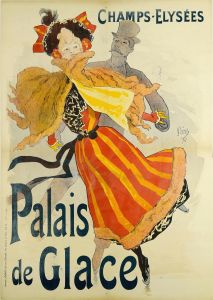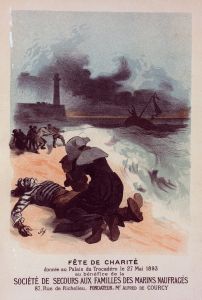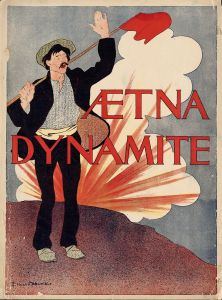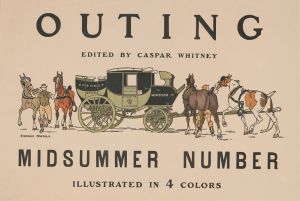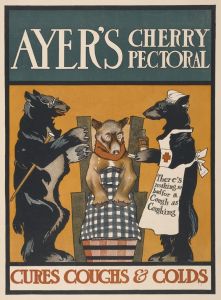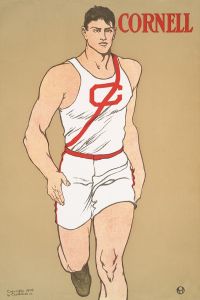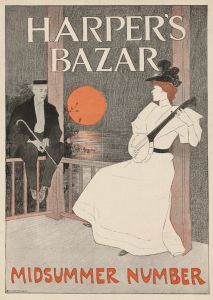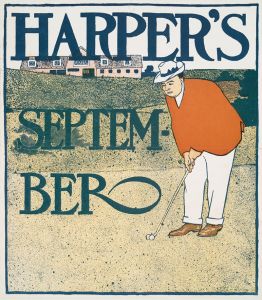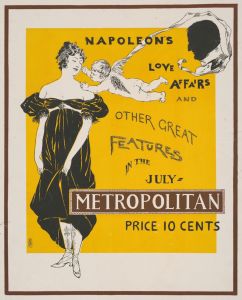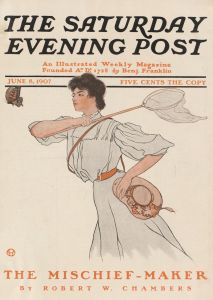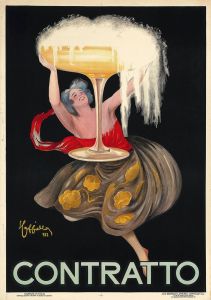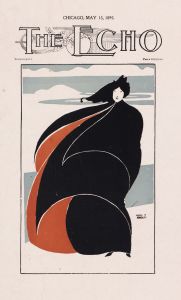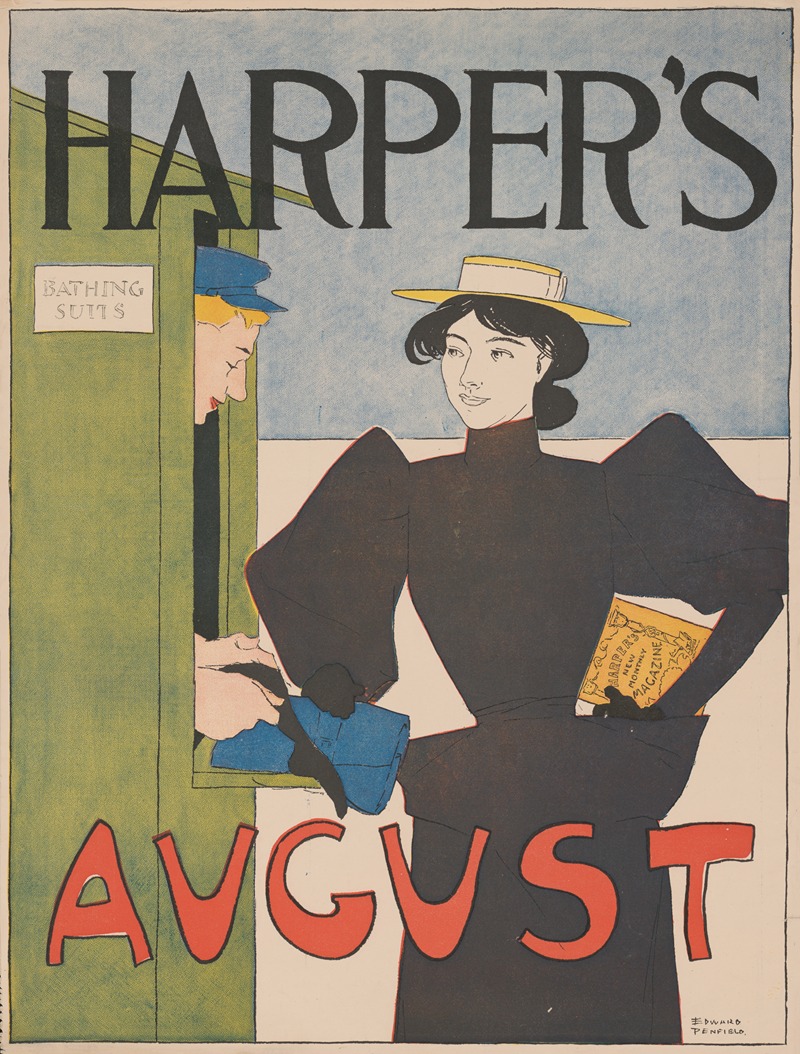
Harper’s August.
A hand-painted replica of Edward Penfield’s masterpiece Harper’s August., meticulously crafted by professional artists to capture the true essence of the original. Each piece is created with museum-quality canvas and rare mineral pigments, carefully painted by experienced artists with delicate brushstrokes and rich, layered colors to perfectly recreate the texture of the original artwork. Unlike machine-printed reproductions, this hand-painted version brings the painting to life, infused with the artist’s emotions and skill in every stroke. Whether for personal collection or home decoration, it instantly elevates the artistic atmosphere of any space.
Edward Penfield's Harper’s August is a notable example of early American graphic design and illustration, created in 1895 as a cover for Harper’s Magazine. Penfield, often referred to as the father of the American poster, was a prominent illustrator and art director during the late 19th and early 20th centuries. His work played a significant role in shaping the visual identity of magazines during the "Golden Age of Illustration."
The artwork for Harper’s August reflects Penfield's characteristic style, which combined bold, simplified forms with a keen sense of composition and color. This particular illustration features a woman dressed in summer attire, holding a parasol, and reading a copy of Harper’s Magazine. The scene is rendered in a flat, graphic style, with minimal detail and a focus on strong outlines and contrasting colors. The use of muted tones and the emphasis on the subject's leisurely activity evoke a sense of sophistication and modernity, aligning with the magazine's target audience of cultured, middle- and upper-class readers.
Penfield's work for Harper’s Magazine was part of a broader trend in the late 19th century, where publishers began to recognize the importance of visually striking covers to attract readers. His monthly covers for the magazine, produced between 1893 and 1899, are considered some of the earliest examples of American poster art. These covers not only served as advertisements for the publication but also stood as independent works of art, influencing the development of graphic design in the United States.
The illustration for Harper’s August exemplifies the influence of European art movements, particularly the Art Nouveau style, which was gaining popularity at the time. Penfield adapted these influences to create a distinctly American aesthetic, characterized by practicality and a focus on everyday life. His work often depicted contemporary fashion and leisure activities, making it relatable to the magazine's readership while also reflecting the cultural trends of the era.
Edward Penfield's contributions to graphic design and illustration have left a lasting legacy. His covers for Harper’s Magazine, including Harper’s August, are celebrated for their artistic innovation and their role in elevating commercial illustration to a respected art form. Today, these works are studied as important examples of early modern graphic design and remain influential in the history of visual communication.





